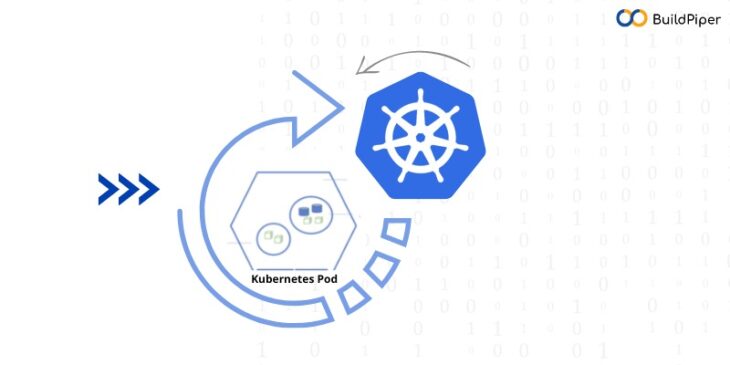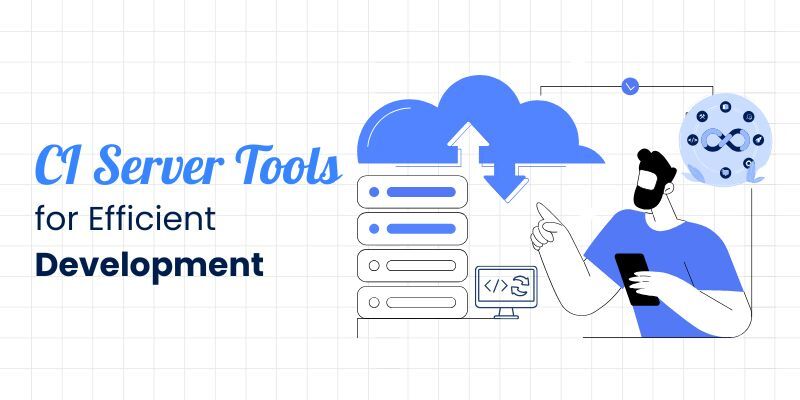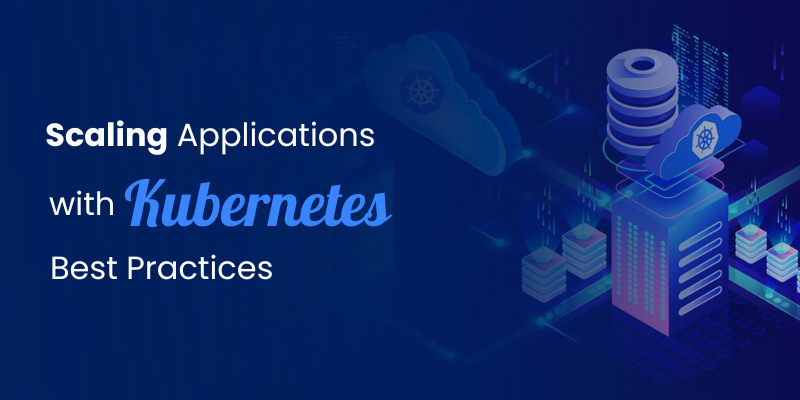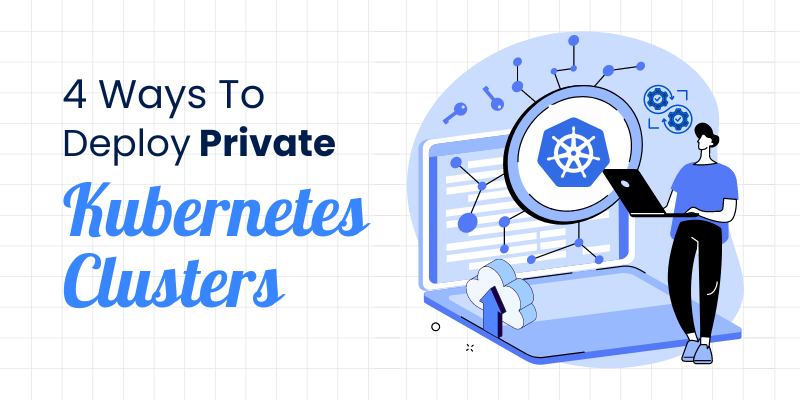
Here, in this blog, we’ll discuss in detail about kubectl commands, explore different ways to restart a pod using this command and how it helps in cluster management.
The ‘Kubectl’ Command
‘kubectl’ is a command-line tool for managing and interacting with a Kubernetes cluster. It allows you to deploy, inspect, and manage the state of your applications and resources within the cluster. kubectl provides a wide range of operations, including creating and updating deployment objects, managing cluster resources and logs, scaling deployments, and rolling back changes.
Some common kubectl logs commands include:
- kubectl get – List resources
- kubectl describe – Show detailed information about a resource
- kubectl apply – Apply a configuration to a resource by filename or stdin
- kubectl create – Create a resource from a file or from stdin
- kubectl delete – Delete resources by filenames, resources and names, or by using the resources and label selector.
Significance of ‘Kubectl’ Command
‘kubectl’ is a crucial component of the Kubernetes ecosystem. kubectl commands are highly useful for carrying out a variety of tasks related to managing and interacting with a Kubernetes cluster. It mainly helps in:
- Cluster management: kubectl provides a simple and convenient way to manage the resources in a Kubernetes cluster, including pods, services, Kubernetes deployments, and other components.
- Application deployment: kubectl can be used to deploy, update, and manage the applications running on a Kubernetes cluster. It supports deployment strategies such as rolling updates and blue-green deployments.
- Resource management: kubectl allows you to manage the resources in a cluster, including scaling, updating, and deleting resources.
- Debugging and troubleshooting: kubectl provides various commands and options to help you debug problems with your cluster and its components, including pods, services, and deployments.
- Automation: kubectl can be easily integrated into scripts and automation workflows to manage your cluster in an automated and repeatable manner.
Overall, kubectl is a powerful tool that makes it easy to manage and interact with a Kubernetes cluster, making it a critical component for DevOps and cloud-native infrastructure teams.
[Good Read: Your Guide To Kubernetes Monitoring!]
Ways to Restart a Pod using ‘kubectl’ Command
There are a number of different ways to restart a pod using the ‘kubectl’ command. Read this to gain information on kubectl restart pod in Kubernetes.
1. Delete and recreate the pod:
kubectl delete pod <pod_name>
where <pod_name> is the name of the pod that you want to restart. The ‘kubectl delete pod’ command deletes the existing pod, and the Kubernetes cluster will automatically create a new one to replace it, effectively restarting the pod.
2. Scale the replicas down to 0 and back up to 1:
kubectl scale –replicas=0 deployment/<deployment_name>
kubectl scale –replicas=1 deployment/<deployment_name>
where <deployment_name> is the name of the deployment that manages the pod. This method is useful when the pod is managed by a deployment.
3. Use rolling-update to restart a pod in a rolling manner:
kubectl rollout restart deployment/<deployment_name>
where <deployment_name> is the name of the deployment that manages the pod. This method is useful when you want to perform a rolling update and restart all the pods in the deployment one by one, without any downtime.
So, using these details on kubectl restart pod, you can easily restart a pod within your Kubernetes cluster.
Role of ‘kubectl’ in Cluster Management
The role of ‘kubectl’ in cluster management includes,
- Deploying applications and managing their lifecycle.
- Inspecting and managing cluster resources and their state.
- Scaling deployments to handle increased traffic.
- Updating and rolling back changes to deployments.
- Debugging and troubleshooting cluster issues.
- Managing network and storage resources.
- Interacting with cluster API objects and performing administrative tasks.
Overall, ‘kubectl’ acts as a bridge between a user and the Kubernetes cluster, providing a convenient way to interact with and manage the cluster from the command line.
Managing Cluster was never so EASY!
Just like kubectl commands help teams to interact with Kubernetes cluster,
BuildPiper helps in the complete management and deployment of Kubernetes clusters.
Being a Kubernetes management console allowing DevOps teams to operate a dynamic environment at scale, BuildPiper helps,
- Achieve immediate and comprehensive visibility into all the cluster entities.
- Gain and monitor accurate performance with deep insights.
- Get insights into the health status of the pods and nodes within the cluster.
- Integrate and set up infrastructure monitoring and log management tools with out-of-the-box product functionalities.
- Enable further configuration of Kubernetes to make it ready for microservices consumption.
BuildPiper is the perfect Kubernetes management console that enables effective and hassle-free cluster management in combination with its other incredible functionalities that include Managed Microservices, Secure CI/CD Pipelines, Security, Compliance, & Observability, and much more!
Talk to our experts to discuss critical business scenarios and major Kubernetes challenges NOW!



